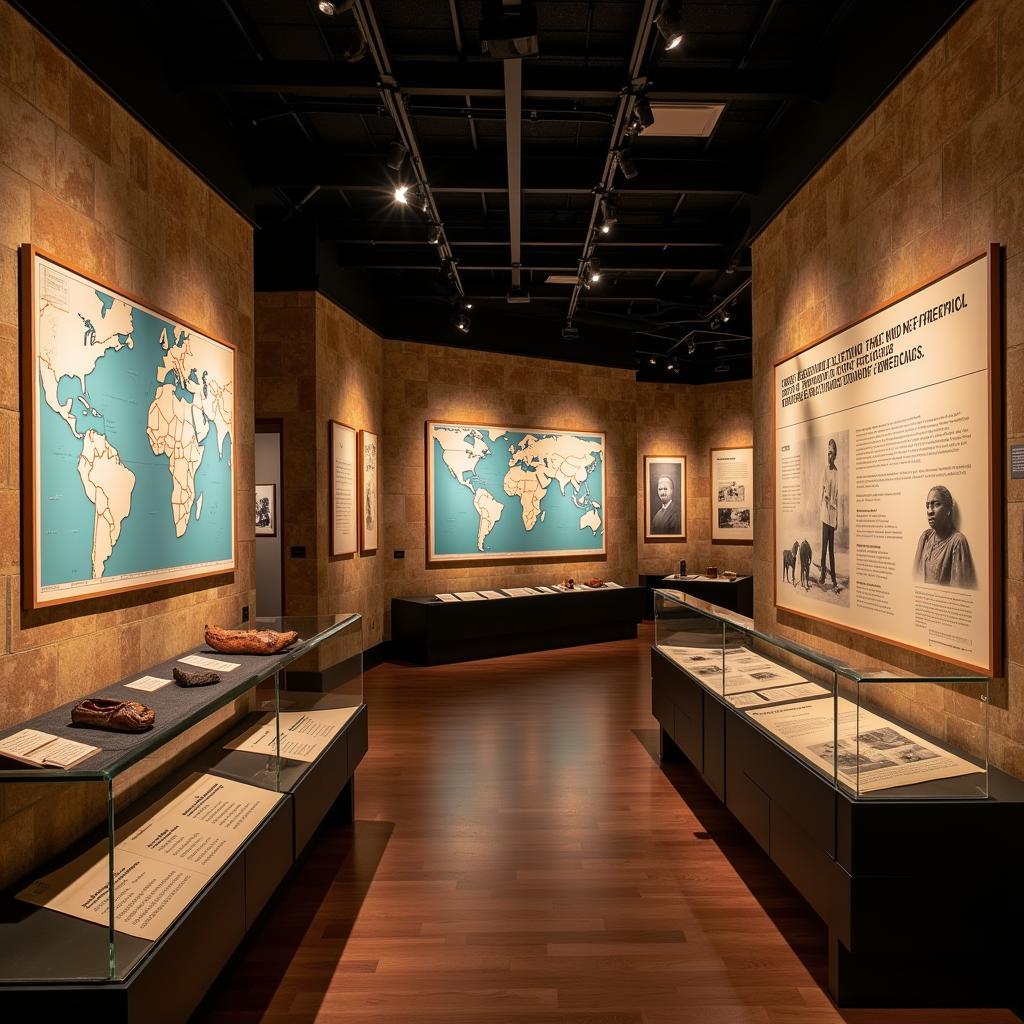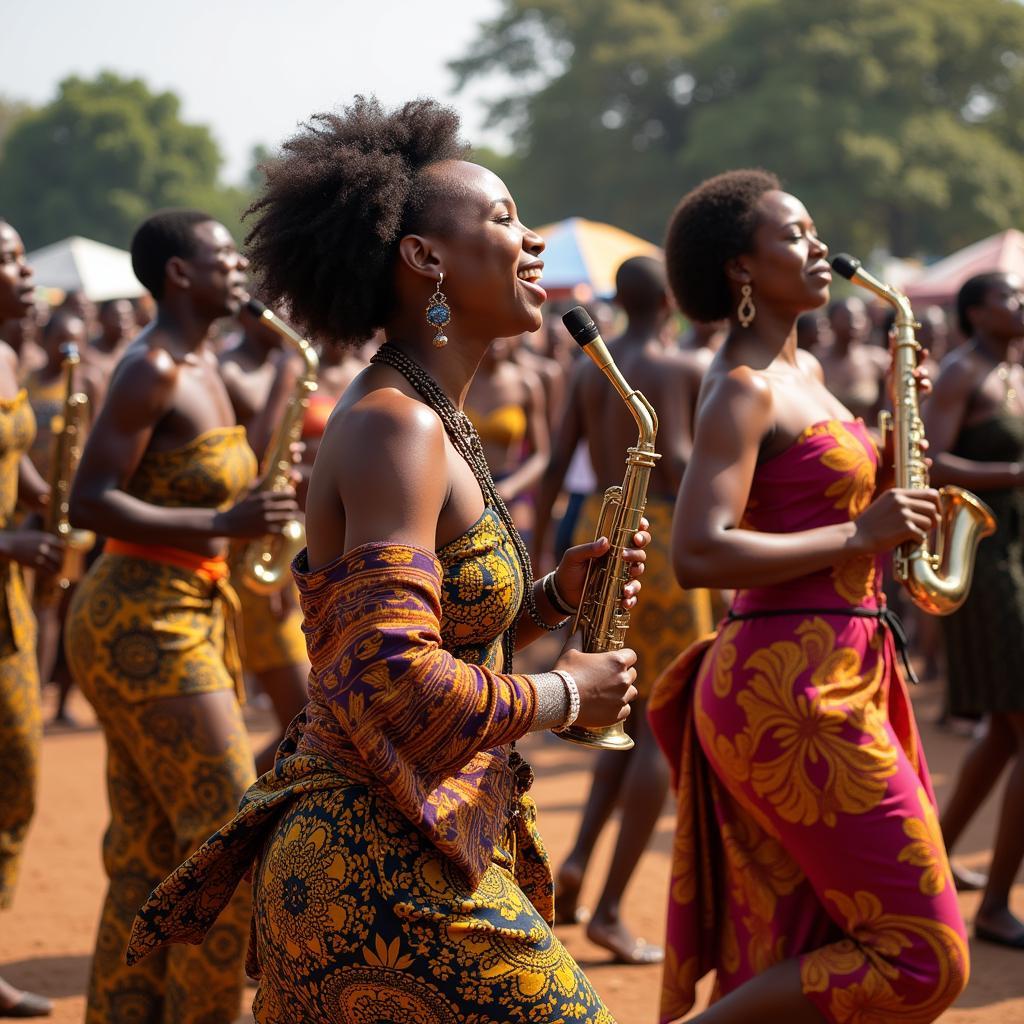The Complete Guide to African Grey Parrot Breeding Cage Size
African grey parrots are highly intelligent and social creatures that require spacious and stimulating environments to thrive, especially when it comes to breeding. Providing the right breeding cage size is crucial for their well-being, successful breeding, and overall happiness.
Choosing the Right African Grey Parrot Breeding Cage Size
When selecting a breeding cage for African grey parrots, bigger is always better. A cramped cage can lead to stress, aggression, and even health problems. Here’s a breakdown of the minimum recommended cage dimensions:
- Minimum Cage Size: 4 feet wide x 4 feet deep x 6 feet high (1.2 meters x 1.2 meters x 1.8 meters)
- Recommended Cage Size: 6 feet wide x 4 feet deep x 6 feet high (1.8 meters x 1.2 meters x 1.8 meters) or larger
Remember that these are just guidelines, and providing even more space is always beneficial for your parrots.
Why Cage Size Matters for Breeding African Grey Parrots
Adequate cage size is crucial for several reasons:
- Flight and Exercise: African grey parrots are active birds that need space to fly, even if it’s just short distances. Flight helps them maintain their physical and mental health.
- Nesting and Breeding Behavior: During the breeding season, African grey parrots become more territorial and require ample space for nesting, courtship displays, and raising their young.
- Reduced Stress and Aggression: Cramped cages can lead to stress, frustration, and aggression in African grey parrots, potentially resulting in feather plucking and other behavioral problems.
- Improved Overall Health: A spacious cage allows for better air circulation, reduces the risk of disease transmission, and promotes natural behaviors that contribute to the parrots’ physical and psychological well-being.
Factors to Consider Beyond Cage Size
While cage size is paramount, other factors are equally important for successful African grey parrot breeding:
Cage Placement
- Quiet and Calm Location: Position the cage in a quiet area of your home, away from loud noises, drafts, and direct sunlight.
- Social Interaction: Place the cage in a room where the parrots can see and interact with family members. African grey parrots thrive on social interaction and need to feel part of the family unit.
Cage Design and Furnishings
- Bar Spacing: Choose a cage with bar spacing of 3/4 to 1 inch (1.9 to 2.5 cm) to prevent escape or injury.
- Perches: Provide a variety of perches in different sizes and textures to promote foot health and prevent boredom. Natural branches are excellent options.
- Food and Water Dishes: Offer multiple food and water dishes placed in different locations within the cage.
- Toys and Enrichment: Provide a rotating selection of toys to keep the parrots mentally stimulated. Puzzles, foraging toys, and toys that encourage chewing are excellent choices.
Nutrition and Diet
- High-Quality Parrot Food: Offer a balanced diet consisting of high-quality parrot pellets, fresh fruits, vegetables, and occasional healthy treats.
- Calcium Supplements: Provide calcium supplements, especially during the breeding season, to support egg production and prevent calcium deficiency.
Breeding Readiness
- Age and Maturity: African grey parrots typically reach sexual maturity between 4 and 6 years of age.
- Pair Bonding: Ensure the parrots are a compatible pair and have formed a strong bond before attempting to breed them.
Creating a Safe and Stimulating Environment
By providing a spacious and enriching environment, you can help your African grey parrots thrive and successfully raise their young. Remember to observe your parrots closely for signs of stress or illness and consult with an avian veterinarian if you have any concerns.
Expert Insight:
“Providing ample space is crucial for the well-being of African grey parrots, especially breeding pairs. A spacious cage promotes natural behaviors, reduces stress, and fosters a healthy environment for raising chicks.” – Dr. Emily Carter, Avian Veterinarian
Frequently Asked Questions (FAQs)
1. Can I keep two male African grey parrots together in a breeding cage?
It’s generally not recommended to house two male African grey parrots together, especially in a confined space. They can become territorial and aggressive towards each other.
2. How often should I clean my African grey parrot’s breeding cage?
Regular cleaning is essential for maintaining a hygienic environment. Clean the cage daily by removing food debris, droppings, and soiled cage liners. Thoroughly disinfect the cage and all accessories weekly.
3. What is the ideal temperature range for African grey parrots?
African grey parrots thrive in temperatures between 70 and 80 degrees Fahrenheit (21-27 degrees Celsius). Avoid extreme temperature fluctuations and drafts.
4. How can I tell if my African grey parrots are ready to breed?
Signs of breeding readiness include increased vocalizations, courtship displays, nest-building behavior, and an increase in aggression.
5. What should I do if my African grey parrots lay eggs but don’t incubate them?
Sometimes, first-time parents may not incubate their eggs properly. If this happens, you can consult with an avian veterinarian or experienced breeder for guidance.
Need More Information?
For further assistance with African grey parrot care and breeding, you can visit our other helpful articles on african hot bed scenes big boobs.
Get in Touch!
Need help choosing the perfect African Grey Parrot breeding cage? Contact us!
- Phone: +255768904061
- Email: kaka.mag@gmail.com
- Address: Mbarali DC Mawindi, Kangaga, Tanzania
Our dedicated customer support team is available 24/7 to assist you.


